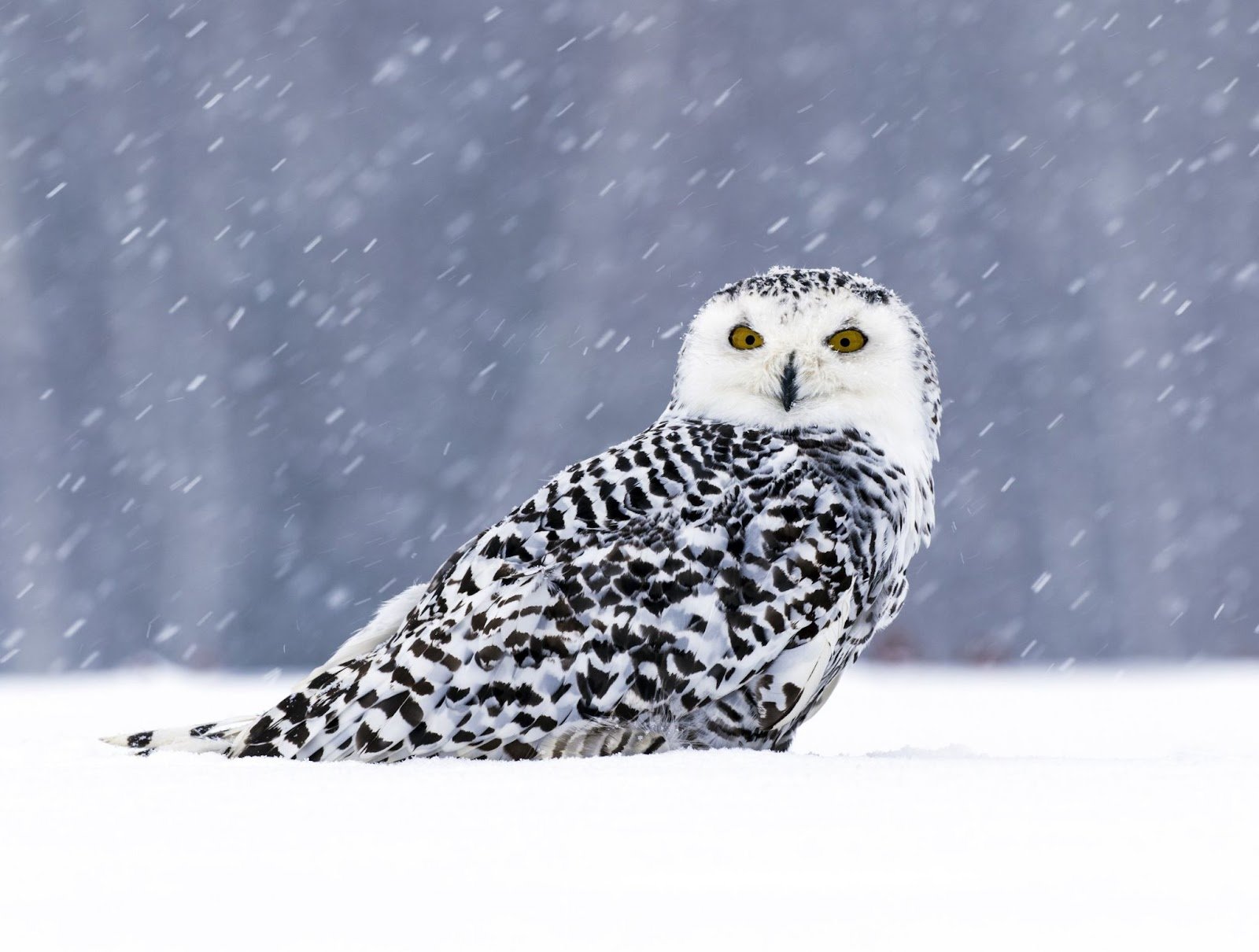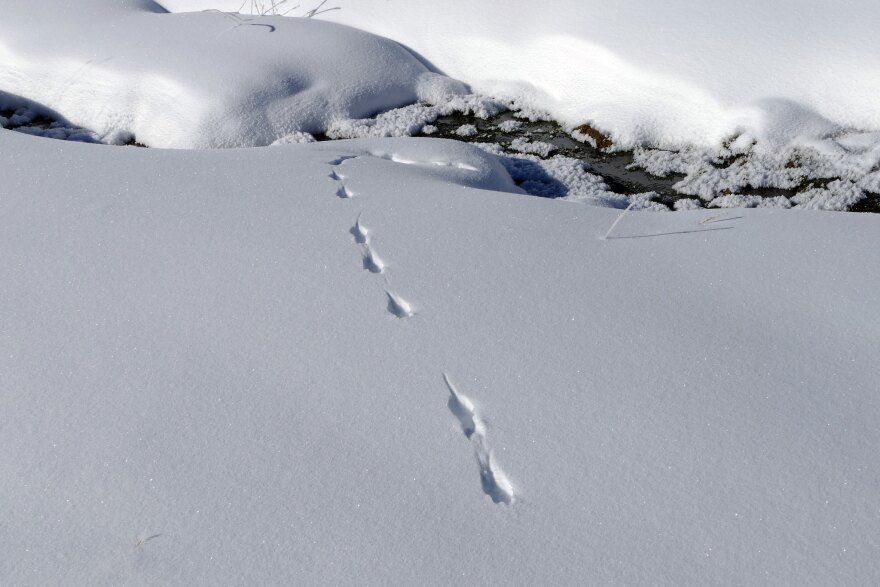The Subnivean Zone:
Underneath the Snow
a contemporary one-hour, baroque operetta for audiences of all ages. The work will be scored for 6 vocalists, a small instrumental chamber ensemble and a chorus of puppeteers.
THE STORY:
On a wintery day, The Child (a non-binary character), having been on the computer for hours, is temporarily ejected from home, sent outside as punishment by their parents to play in the snow. The Child, angry and bored, stomps around the yard, but then sees a rabbit running away. Magically shrinking to rabbit size, The Child enters the world of snow tunnels, twisting tree roots, fungi networks and hibernal animals.
Entering the subnivean zone, The Child meets a Snake looking for water, witnesses a love song and the tragedy of two Voles interrupted by a hungry Weasel who in turn falls prey to a Fox. The Child falls over tree roots and notices the impact of human harm, then seeing the Rabbit again chases her to her nest where she is feeding her young and invites The Child to rest with them. The Rabbit leaves the nest only to be hunted by a Hawk. The Child sacrifices themselves to save the Mother Rabbit and is carried into the sky. A Mob of Birds witness The Child’s sacrifice and swarm the Hawk who then drops The Child in the chaos. Growing magically to human size once again, The Child rushes home as the curtain closes with an opening door of light.
THE CHARACTERS:
MEZZO SOPRANO
The Child; non-binary lead role
SOPRANO
Owl, Vole Wife, Bird Mob Chorus
COUNTERTENOR
Parent II, Fox, Rabbit, Tree Root Chorus, Bird Mob Chorus
TENOR
Snake, Fungi Network Trio, Tree Root Chorus, Bird Mob Chorus
BARITONE
Parent I, Vole, Chorus
BASSO PROFONDO
Weasel, Chorus
PUPPETEER
The Hawk
INSTRUMENTATION
Percussion, bass clarinet, viola, harp
Larger themes and ideas include:
What can the miniature landscapes lying beneath our feet tell us about the human condition?
Will a child’s view of their responsibility to the world around them change when they are able to experience microscopic views in super-human scale?
What can we learn about our assumptions when the invisible processes just beneath the surface are revealed?
How can we employ the arts to instill good stewardship and awareness of our role in the habitats we share with all creatures?
Acceptance of non-heteronormative family structures and parenting styles
Project Origins:
The research for this narrative was pulled from conversations with scientists and humane education staff at the Detroit Zoo in 2021 and 2022 as part of their annual commissioning series to produce arts-based narratives that promote a greater understanding about our world and the role we can play to support the health of the ecosystems around us. While that commissioning series was cut due to covid related budget deficits, this specific subject matter remains a source of inspiration for dramatic narratives, and continues to inspire stories that create empathy by illuminating the ways in which the human is infinitely part of nature and bound to its fate.
Lead Artists and Creative Partners:
Shara Nova will be the lead project artist composing the libretto and music. This work will be (hopefully) the first in a series of four operettas to mark the changing of seasons. It is her desire to bridge the gap between the general public and the opera stage, therefore it is of great importance that the work be extremely flexible in its performability, that many different kinds of singers are able to adapt the work, and that it might be as comfortable in a school gymnasium as on a grand theater stage. The operetta should be accessible storytelling for winter communal gatherings that consider a connection to the earth, and foster curiosity about our environment, rather than having to pull from traditional December themes such as Frosty the Snowman, heteronormative family structures, or a Religious Story.
Guiding musical influence and creative precedents for this work are Ravel’s “L’Enfant et Les Sortilèges,” with a nod to Menotti’s “Amahl and The Night Visitors.” Shara’s past baroque masque “You Us We All' (2014), as well her contemporary opera entitled “Infinite Movement” (2021) with visual artist Matthew Ritchie, will also inform the style and form.
Carrie Morris will support the work as a collaborative partner in the development of the narrative storylines. In her creative work as a writer and puppet designer for projects with the Detroit Puppet Company she has a long history of designing and directing performing object narratives that support and amplify culturally relevant stories from the world around us. This story is one in which both the human and animal characters have richly complex emotional lives, and the puppet designs for those characters must include sufficient detail and engineering so that they are exquisitely matched in their richness and capacity for expression. Their visuals must be exquisitely lifelike, and their engineering must be designed in such a way that the characters are able to have a range of motion that is both organically human and seamlessly animal. Creative precedents for the visuals in this work include Michael Curry’s puppet and costume designs for the Lion King, bunraku style puppetry, and Basil Twist’s “Titon et l’Aurore”.
Touring Show:
Detroit Opera will be touring in schools with 3 singers, 2 puppeteers and one instrumentalist beginning Jan 2024.


